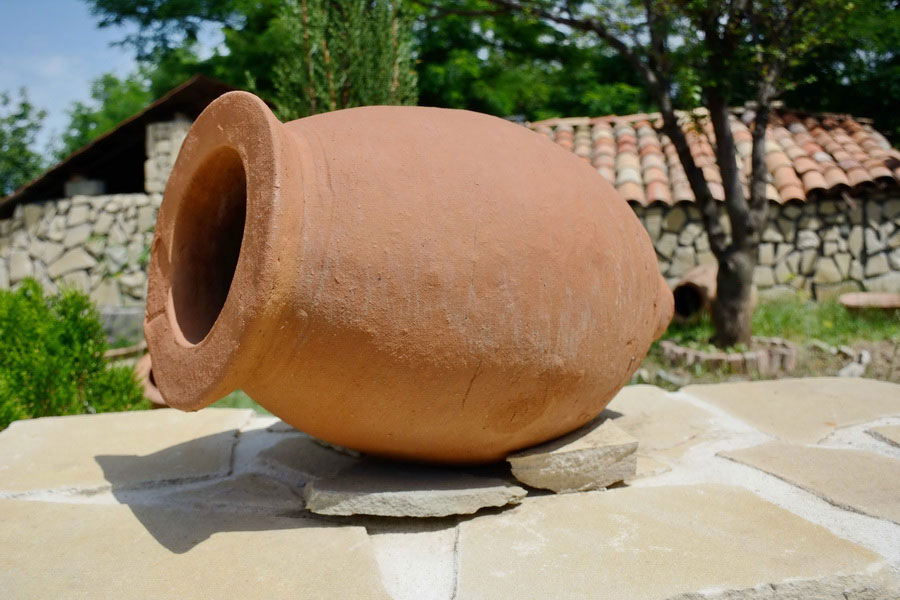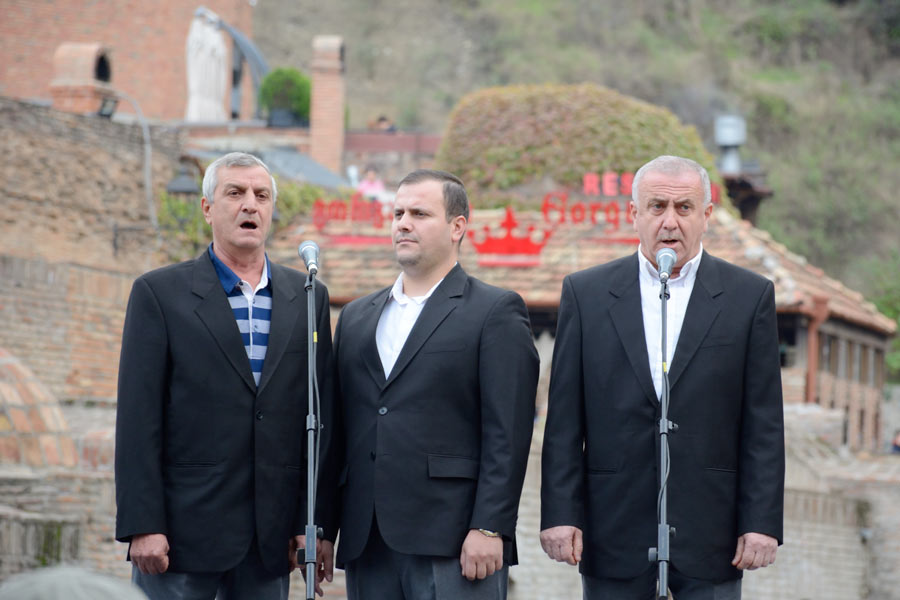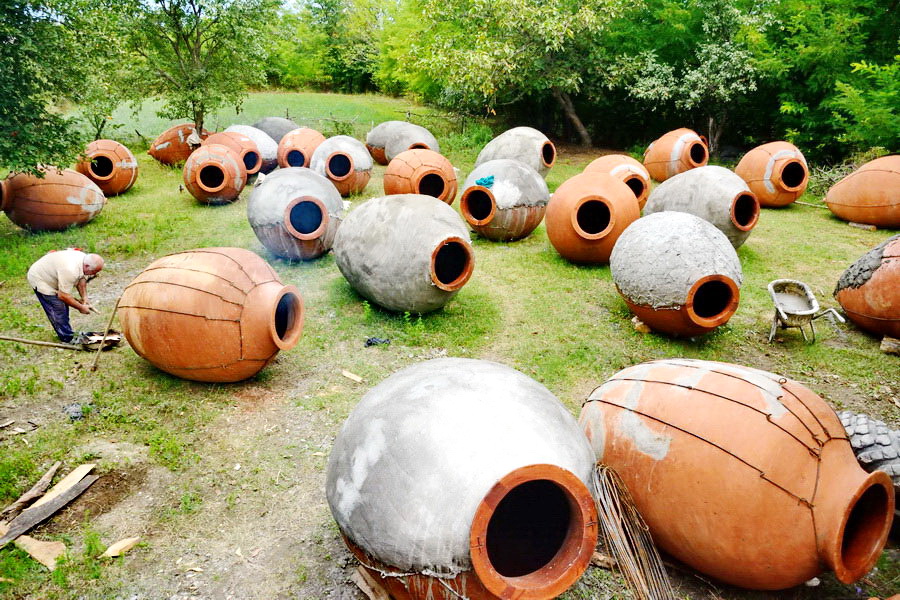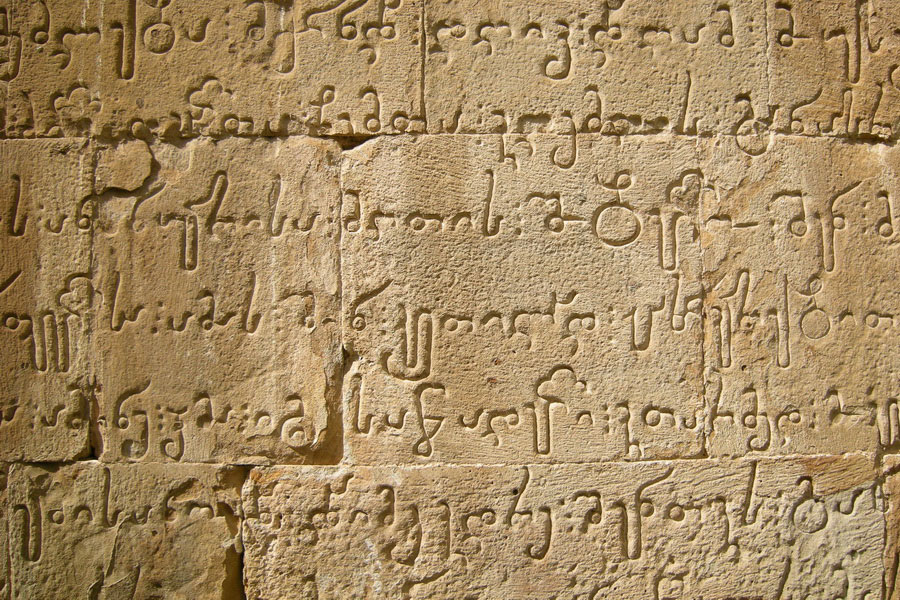
Welcoming and hospitable, Georgia boasts several UNESCO World Heritage Sites that are sure to impress any traveler. From the ancient temples of Mtskheta to the Gelati Monastery, the stunning landscapes of Upper Svaneti, and the unique rainforests and wetlands of Kolkheti, Georgia is rich in cultural and natural wonders. Among its most renowned intangible cultural heritage sites is the famous Georgian polyphony, a musical tradition known and appreciated worldwide.
Georgia's UNESCO list of intangible cultural heritage includes four distinct sites:
- Georgian polyphonic singing, recognized as a masterpiece of humanity's oral intangible heritage in 2001 and added to the representative list of UNESCO in 2008.
- Ancient Georgian traditional Qvevri wine-making method, included in 2013.
- Living culture of three writing systems of the Georgian alphabet, added in 2016.
- Chidaoba, traditional Georgian wrestling, included in 2018.
Georgian polyphonic singing

Choral singing is an essential aspect of Georgian culture, characterized by a unique vocal technique where several men sing chants using harmonious, neighboring notes. Originally considered folk singing, polyphonic singing became incorporated into the church after the adoption of Christianity in Georgia. Today, there are approximately 15 distinct types of Georgian polyphonic singing.
Ancient Georgian traditional Qvevri wine-making method

Georgia is renowned for its wine production, with no meal being complete without it. Both home-based and industrial wine production use qvevri, clay vessels in which wine is aged and stored. Grapes are sealed within the qvevri, which is then buried underground. The wine ferments for at least six months before it is ready to be consumed. The tradition of crafting qvevri and the proper winemaking process is passed down through generations.
Living culture of three writing systems of the Georgian alphabet

Georgia has three functioning alphabets: Mkhedruli (primary), Nuskhuri, and Mrvlovani. The first alphabet emerged in Georgia no later than the 5th century, drawing inspiration from Greek and Aramaic. None of the three alphabets have capital letters; everything is written in lowercase. Georgian is not considered a difficult language to learn. All three alphabets are taught in early education, with Mhedruli being studied in-depth and the other two at a basic level.
Chidaoba, traditional Georgian wrestling
Chidaoba, a form of Georgian wrestling, has ancient origins. Over time, it evolved from a fighting function into a sport, combining wrestling in traditional attire with dance elements. Competitions are customarily held to the sounds of the Georgian dole drum and the wind instrument zurna. In total, there are over 200 techniques in Georgian wrestling, some of which were later incorporated into sambo.
In 2011, the Georgian government created its own register of intangible cultural heritage, encompassing nearly 50 sites. This includes traditional dances, cheese, Lagidze water technology and culture, Svan cuisine, Kakhetian churchkhela, khachapuri traditions, and much more.
While Georgia boasts numerous unique architectural monuments, don't forget to explore the country's intangible cultural heritage, inscribed on UNESCO's list, during your travels.
Discover more about Georgia's tangible UNESCO World Heritage Sites.

